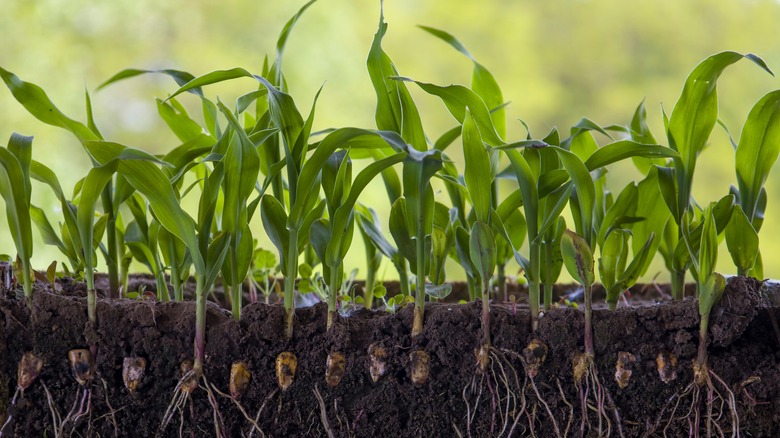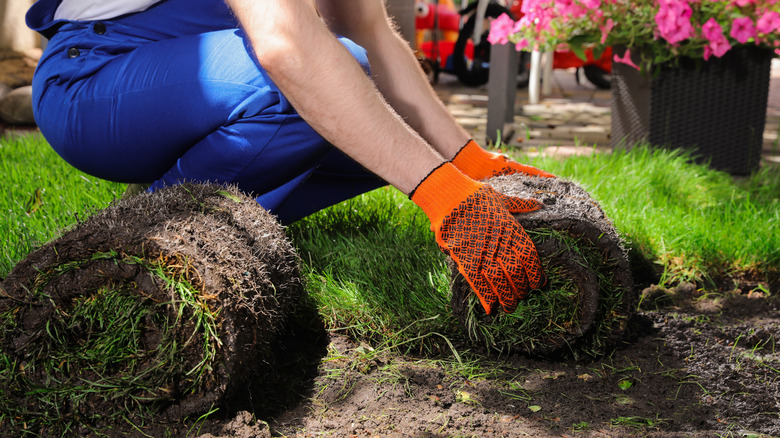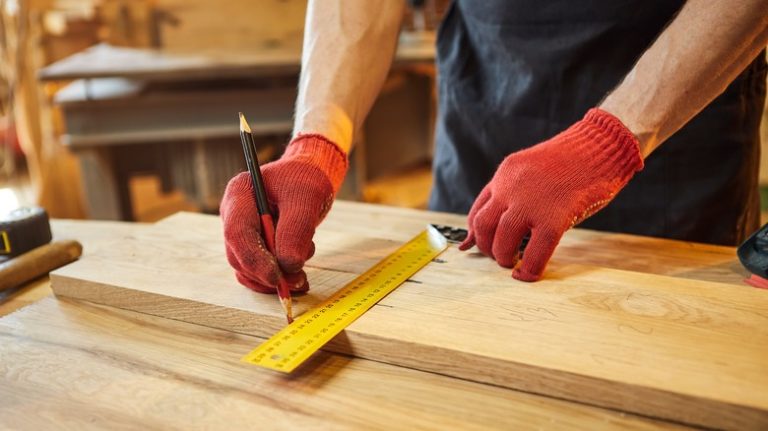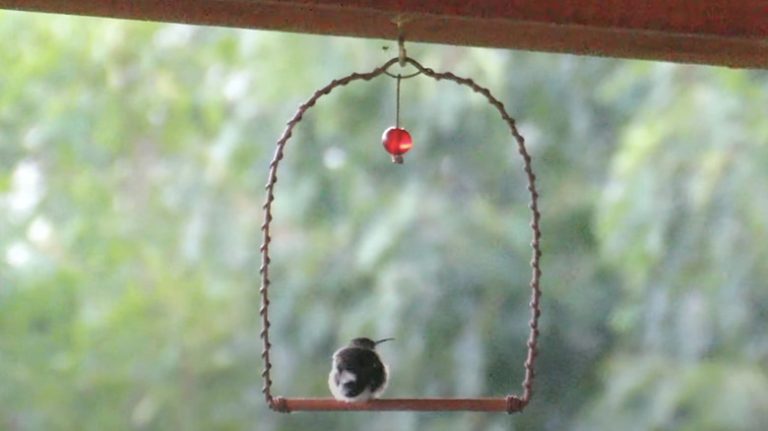Your lawn is more than just the Saturday morning chore you have to take care of. It’s also a growing, living plant that needs proper care. When planting a lawn, you have multiple options, including the placement of sod, a material that includes several inches of grass, the grass root system, and a couple of inches of soil all rolled up into one.
Sod is ideal because you can easily place it and support its growth, allowing it to develop quickly. Before that can happen, though, you need to choose the right type of sod to plant. HGTV recommends sod that spreads through runners, which are placed just under or on the surface of the ground, much like a big line of grass blades that are linked to each other. There are some warm-season grasses that do well like this, including Bermuda, St. Augustine, and Bahia. These HGTV recommendations can work very well because they come in quite full, and the turf will spread well while still being resistant to erosion.
It is possible to hire a professional to install a new sod landscape for you, but with a bit of help selecting the best materials, it may not be as difficult as expected to create a new lawn for your home. Choosing the best types of grass can help create a beautiful lawn with ease.
Why choose a runner style grass for sod

Some sod performs best by spreading by runners. As noted, runners are lines of linked blades of grass that “run” from one area to the next. A portion is placed just under the ground. When doing this with some grasses, such as Bahia and Bermuda, they will establish well and, often, build a healthy, thick turf in a shorter amount of time. The stems from runners help to hold the portions of sod together, allowing for the mat to grow thick.
Runners also have other benefits, including the reduced amount of weeds that can infiltrate the area while the sod is being established. They also do well to manage traffic a bit better than planting grass seed or other forms of sod. If you have an area where erosion is a concern, sod runners will also help to shore up that area to minimize the loss of nutrient-rich soil.
Imagine sod runners as long arms spreading out or running from one area to the next, covering an area. They set down roots easily whenever they can find any type of suitable soil to do so. The underground portion works to establish roots quickly as well and allows for new blades to shoot up through the soil, filling in the gaps between the runner blades. A word of warning with these grasses, though, if being placed near flowerbeds. They will infiltrate the flowerbeds or other areas of soil to continue to spread.
How to ensure your new sod creates the healthiest of lawns

While sod runners are fantastic for establishing a new lawn, the best results come from careful management of these grasses. First, be sure to prepare the soil properly to loosen it and add any nutrients it may be lacking. A soil test can provide some better insight into this need. Then, protect areas where you don’t want the lawn to be established, including flowerbeds. The easiest way to do this is to install some type of barrier, such as a row of pavers or plastic edging that’s placed along the beds.
Runners propagate rapidly, but they do require consistently wet or moist soil. You’ll want to water the grass at least one time a day for the first week and then keep the soil moist the rest of the time. Pay close attention to the runners as they start to move forward and spread, as you can trim them back if they are moving in the wrong direction.
During this early growth period, minimize foot traffic in the area. It’s also a good idea to avoid any harsh chemical additions like pesticides that could weaken the sod’s overall health. If you have the ability to install sod at any time, do so during the spring months or the fall months for the best results. Many types of sod become dormant once temperatures drop under 55 degrees, which will limit the sod’s ability to establish.



